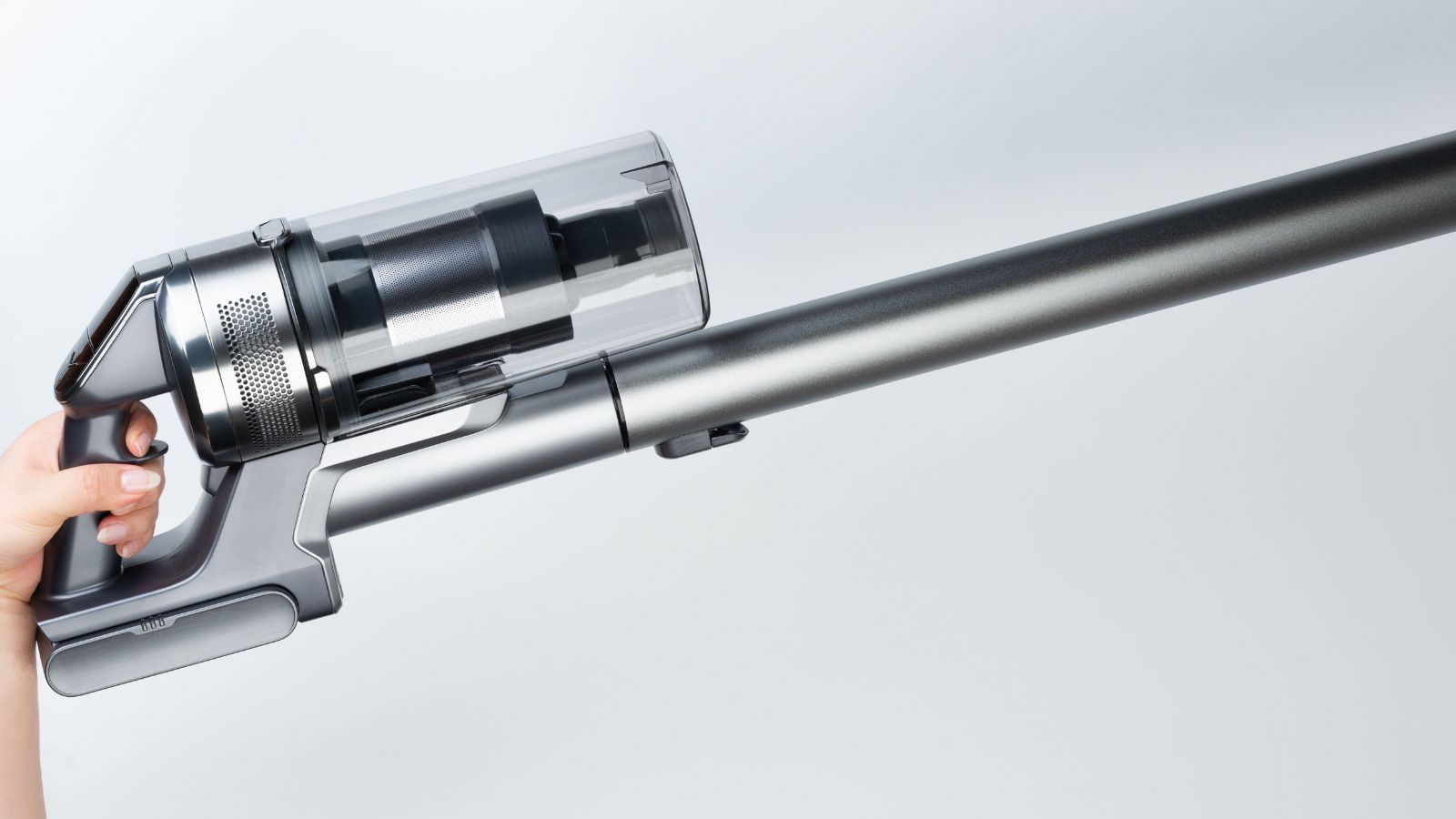
It can be easy to overlook the fact that the cleaning supplies themselves require upkeep, however, cleaning your vacuum is essential to maintain its longevity, performance and prevent dirt and dust from spreading.
Whether you are trying to improve suction in one of the best vacuums, remove blockages, ensure your vacuum lasts longer, or contribute to a healthier indoor environment, these steps can ensure each vacuum component is thoroughly clean.
Our experts have explained the cleaning steps to follow to extend the time before you have to replace your vacuum.
How to clean a vacuum
'A vacuum with clogged filters or accumulated debris can release dust and allergens back into the air. Step one is to always unplug the vacuum for safety,' advises Dr. Fahad Yasin, editor-in-chief at AirPurifierLabs. 'Then, systematically disassembling the necessary parts like the dustbin, filters, and brushes ensures a thorough clean.'
Remember to consult your vacuum's user manual for specific cleaning instructions, since vacuum models can vary.
Generally speaking, though, you will need the following to do a thorough job:
- A microfiber cloth, available in packs from Walmart
- Some small scissors or a box cutter for hair, also from Walmart
- A pipe-cleaning tool, from Walmart, for the hoses
- Trash bags to collect dust and dirt
- A disinfectant spray, such as Method Citrus Anti-Bacterial, from Walmart
- Gloves, from Amazon, if you want to keep your hands clean
1. Empty the canister or replace the bag

For bagless vacuums, empty the dustbin or canister regularly to prevent it from getting too full and affecting the vacuum's suction, and a build-up of dirt and odors. This could be after every use or when it gets about halfway full, depending on the size of the canister.
Muffetta Krueger, cleaning expert and founder of Muffetta’s Domestic Assistants says, 'If your vacuum has a bag, replace it according to the manufacturer's recommendations.' These should usually be replaced at least every three months.
'Periodically sanitize the compartment where dirt collects to prevent unpleasant odors and bacterial growth,' she adds.
To do this, turn off the power and remove the dustbin from the vacuum, removing the filter to be cleaned later. Use a dry microfiber cloth to wipe down the inside of the canister. We recommend these HOMEXCEL microfiber cloths, from Amazon.
Soak the canister in warm, soapy water and rinse thoroughly to get rid of the soapy film.
Hashi Mohamed, president of Ivy Cleans reminds us, 'Before reinstalling the canister, make sure it is completely dry to avoid trapping moisture, which can lead to mold growth and decreased suction power.'
You can also gently wash the vacuum bag with soapy water, then rinse it and let it air dry. Some vacuum bags are also machine washable, so check the instructions.
2. Clean the filters
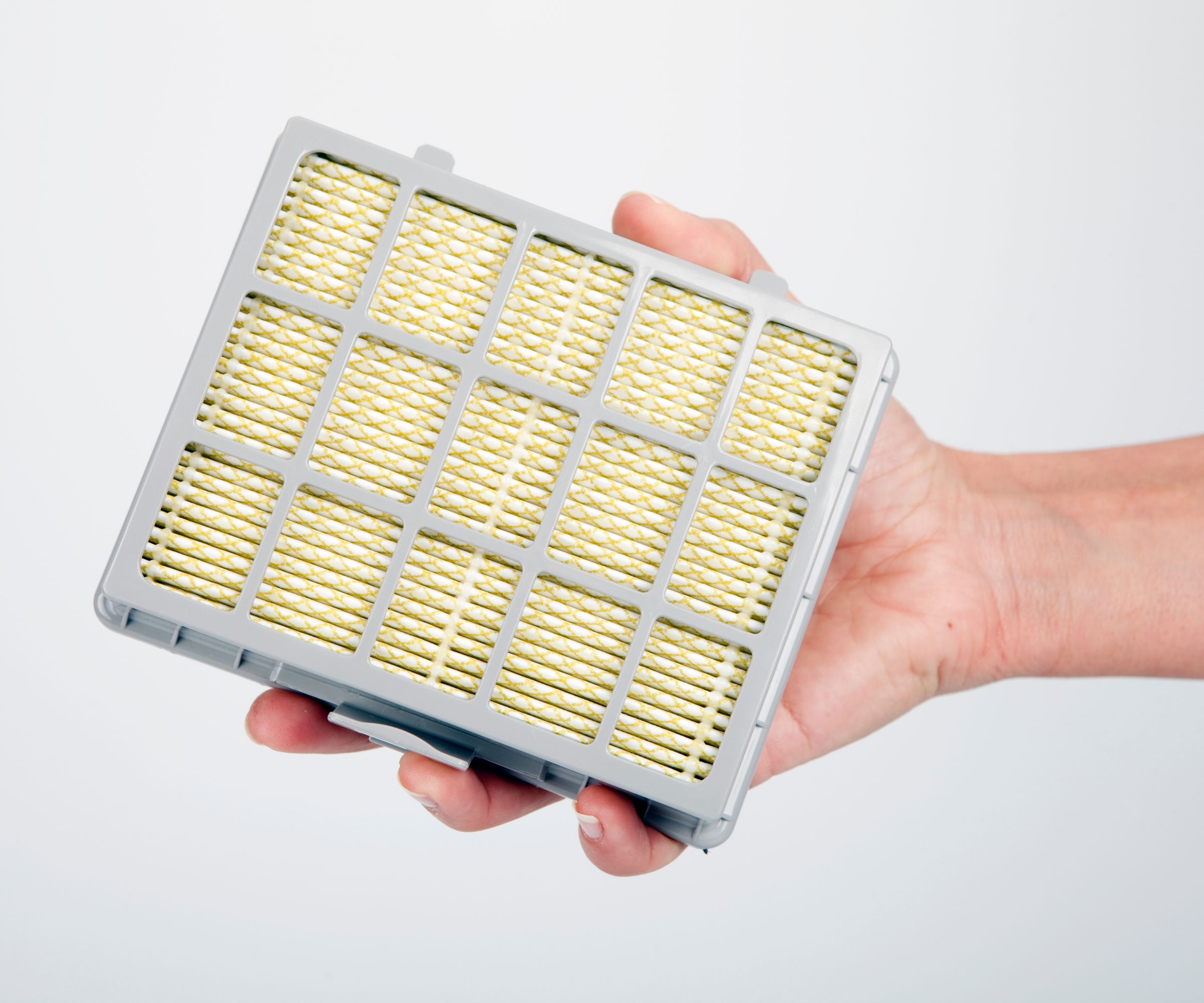
Filters play a vital role in trapping allergens and maintaining air quality.
Get rid of dust before washing a filter by taking it out and tapping it on a hard surface. It is often helpful to wrap it in a trash bag before tapping to collect the dust, rather than spread it around your home. It is also a good idea to work outside, to avoid breathing the dust in, especially if you are cleaning a vacuum after you've vacuumed a pest problem.
Callum Stokes, at House Vacuum Cleaner says, 'Clean the vacuum's filters (HEPA, foam, or felt filters) according to the manufacturer's instructions. Each type will have different requirements to avoid damage.
'Wash washable filters with cold water, and air dry fully before returning to the unit (not doing so can damage your vacuum, lead to mold, and is the main reason why your vacuum cleaner might be smelling). Replace non-washable filters as advised.'
If the manufacturer hasn't recommended soap or cleaning solutions, don't use them.
3. Remove hair from brushes
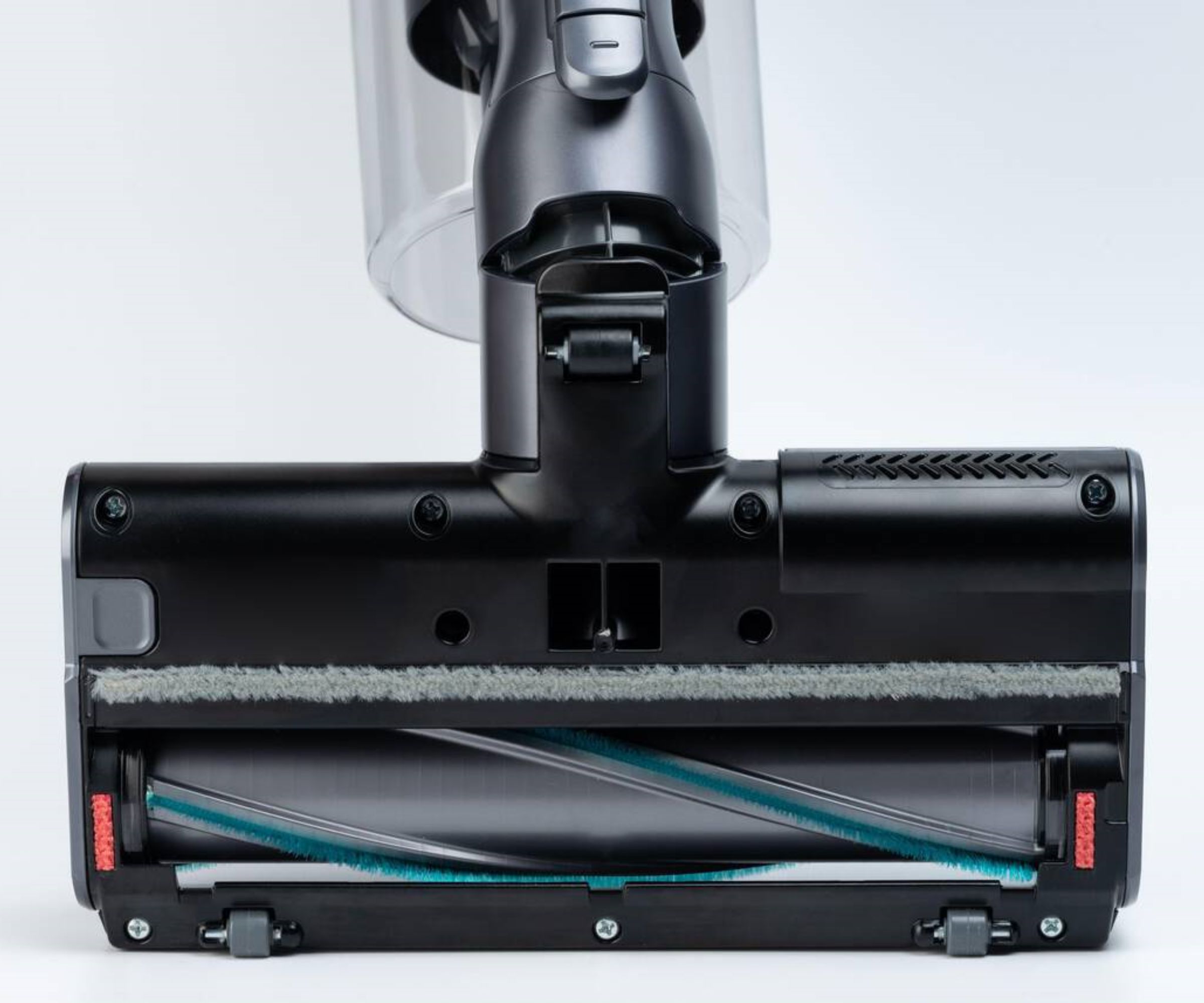
One of the most common vacuum cleaner mistakes people make is not cleaning out the beater brush on their vacuum every few weeks. This is especially important for the best vacuums for pet hair.
Ken Faherty, founder of Be Green Carpet Cleaning says, 'Weekly, using scissors to cut away hair and debris, as these things can impede rotation, reducing the effectiveness.'
Some better brushes will be removable, making it easier to get the scissors in to snip at the hair. If it is not, use a box cutter to carefully slide under the hair and slice it away . Remember to always cut away from you to decrease the likelihood of an accident.
4. Brush out the hoses and pipes
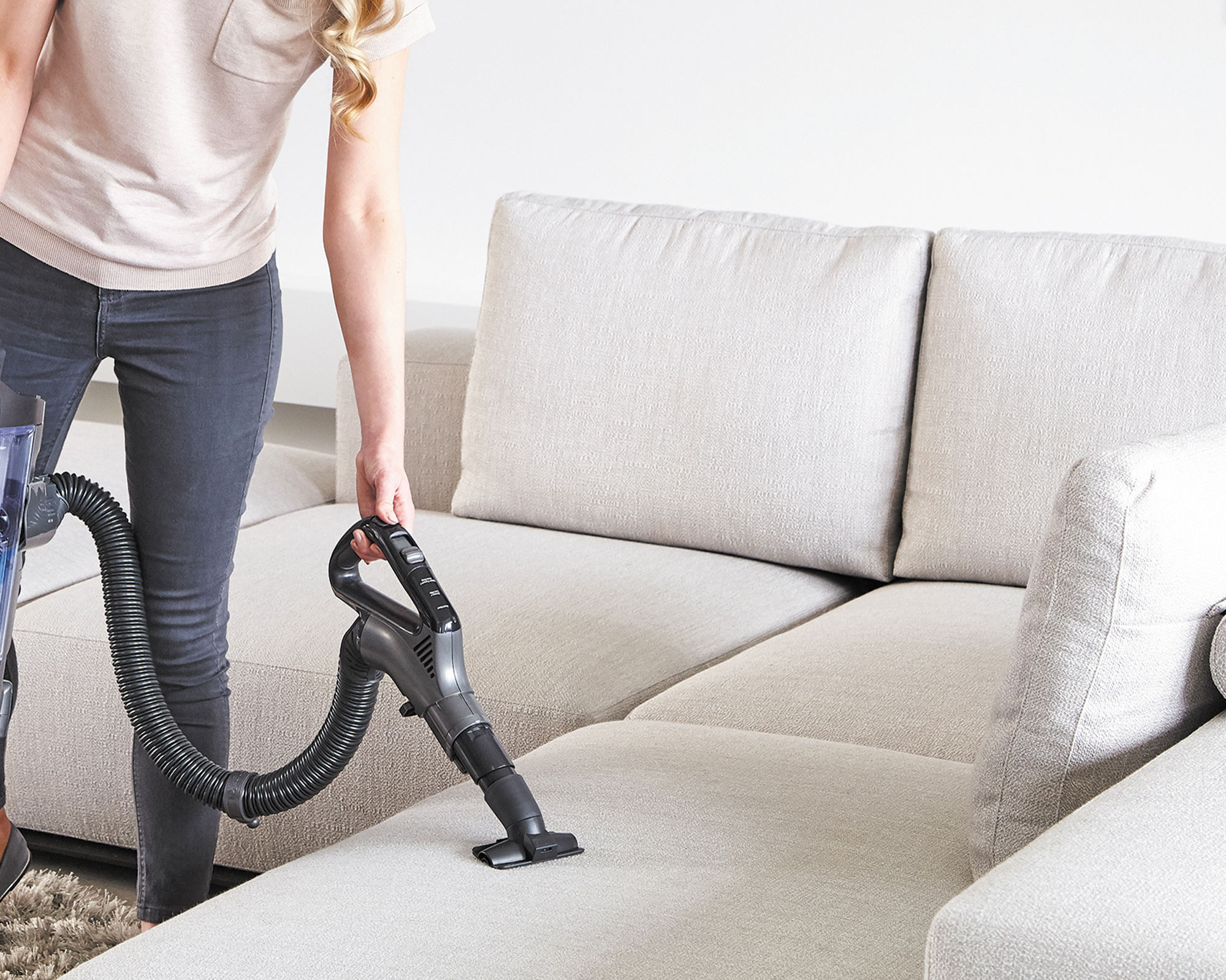
Blockages are the leading cause of your vacuum losing suction power, which is why should regularly check the vacuum's hose, attachments, and pathways for clogs. Proper maintenance can greatly increase how long a vacuum lasts – make sure you're clued up on all the things you should never vacuum.
Henrique Conceicao, manager from Total Clean advises, 'Your best bet for clearing out any hair and debris in these places is a straightened coat hanger or a brush with a long and flexible handle. These tools are great for clearing out any obstructions and keeping your vacuum’s suction power in its best form.'
We recommend this long flexible brush for cleaning blockages, from Amazon.
Angela Rubin, a cleaning expert at Hellamaid also recommends, 'Follow the vacuum's user manual to clean the internal air pathway, which may involve removing panels or accessing the internal components. Ensure it's free from obstructions and dust.'
5. Maintain the wheels
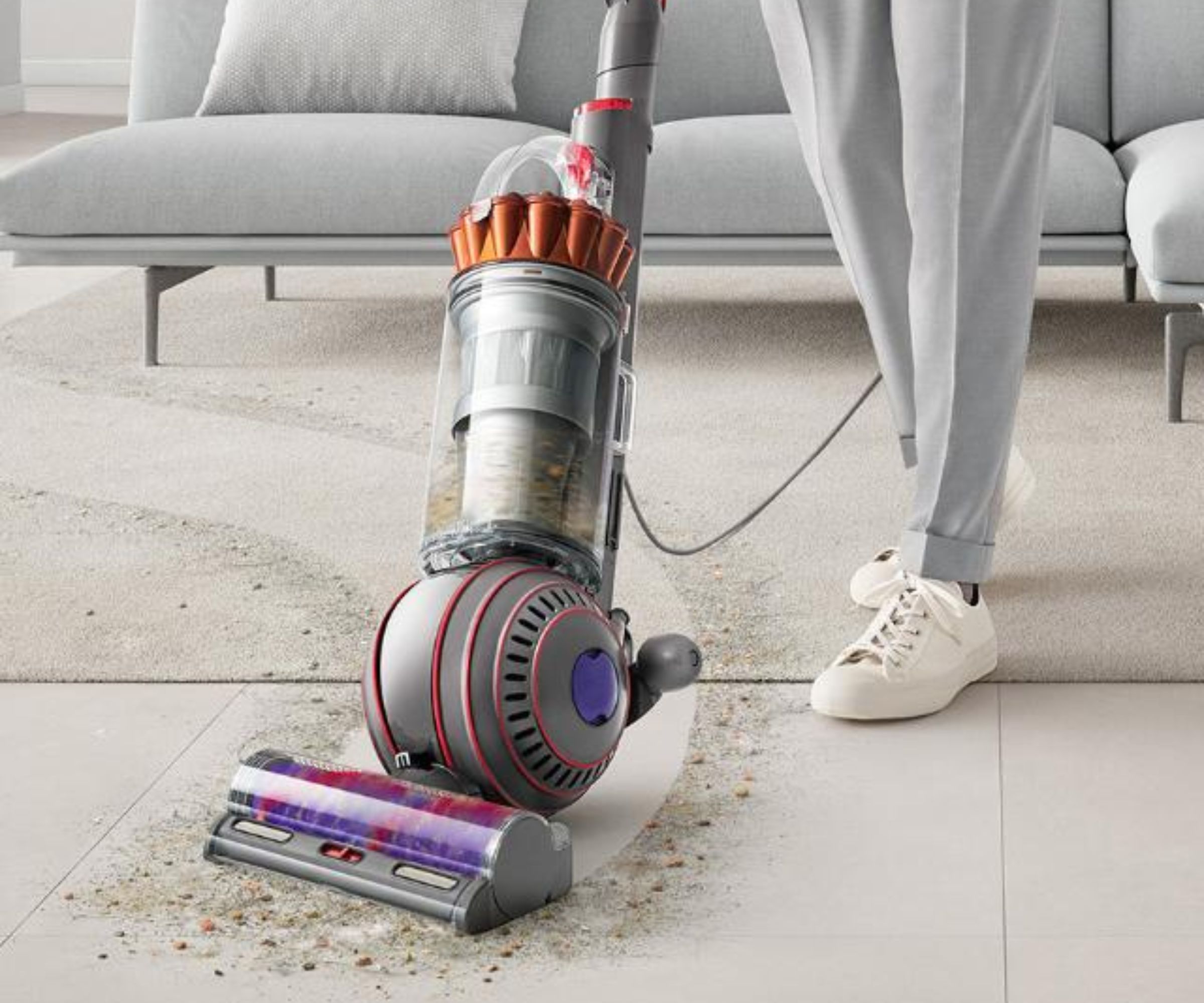
'Casters and wheels are another area that collect high amounts of debris and hair,' explains Henrique Conceicao. 'Your best bet is to again use a pair of scissors to remove the unwanted obstructions.'
6. Wipe the exterior
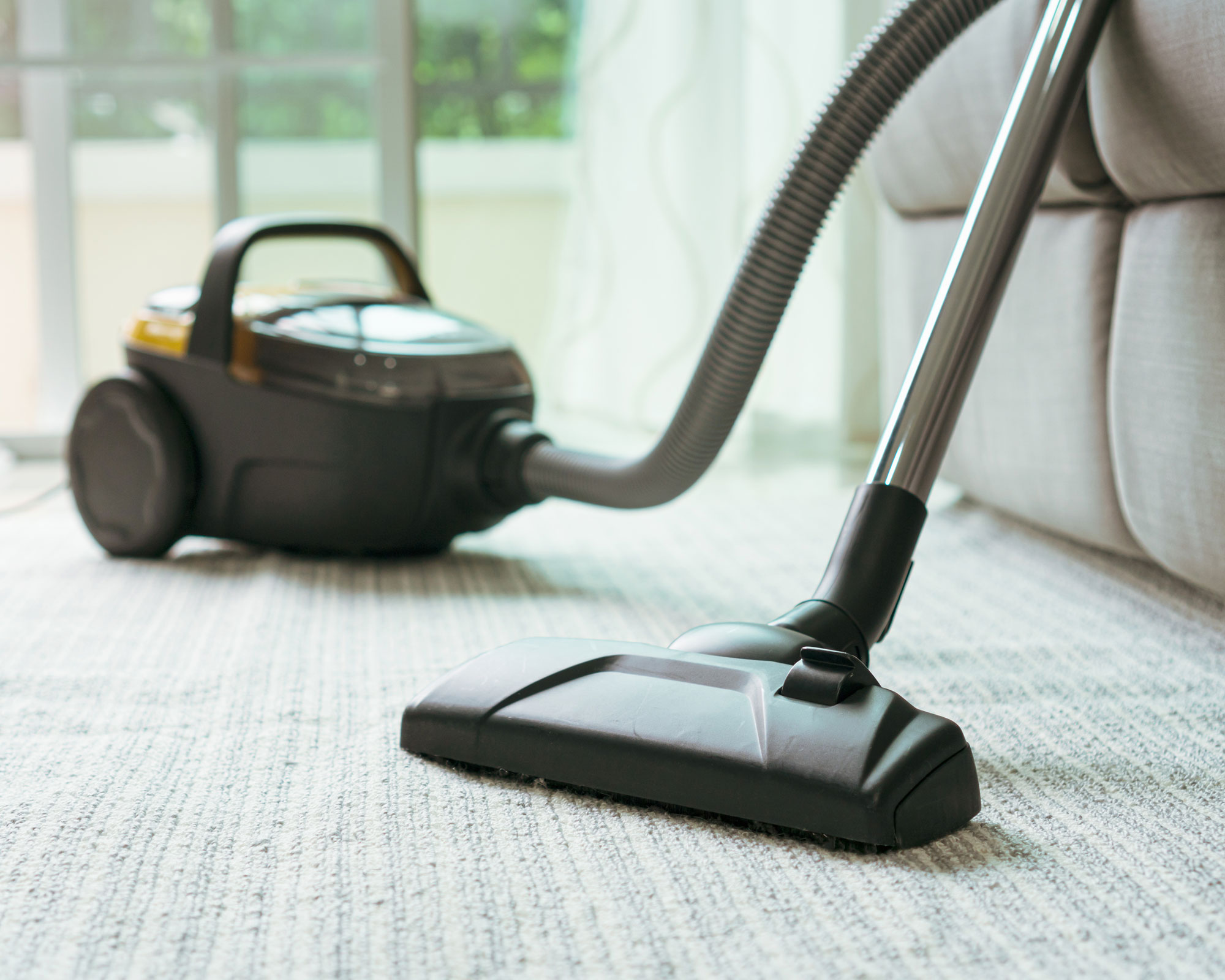
Like cleaning a robot vacuum cleaner, to finish, Mufetta Kruger suggests, 'Use a damp cloth to clean the vacuum's exterior, including the handle, body, and button. This prevents the transfer of dirt from the vacuum to your hands.'
'Disinfect high-touch areas like the handle and power buttons,' adds Angela Rubin. 'A simple solution of water and mild dish soap or a disinfectant wipe works well for this purpose.'
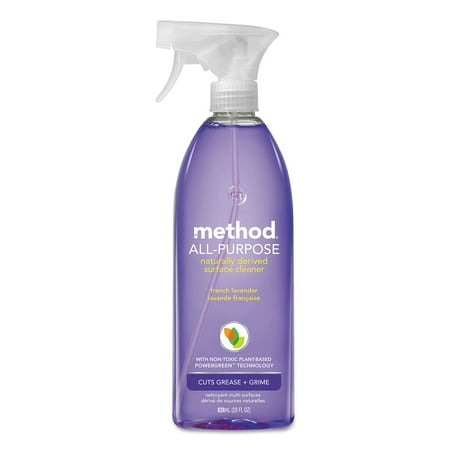
Using a scented cleaning spray will help to make a vacuum smell better, too, to stop a vacuum cleaner from smelling.
FAQs
How often should you clean a vacuum?
As for how often to clean your vacuum, it largely depends on your usage.
Kerry Sherin at Ownerly advises, 'Depending on usage, it is suggested you clean your vacuum thoroughly once every three to six months. However, if you have pets or even a particularly dusty environment, you might want to bump up the schedule a bit.
'The cleaner your vacuum, the cleaner your carpets.'
Always refer to the manufacturer's instructions for detailed guidance on cleaning your specific vacuum cleaner.
Remember, you should regularly clean a vacuum for preventative maintenance. By keeping on top of these small cleaning jobs, the vacuum will stay efficiently running for longer.
If you have noticed the signs you need to replace a vacuum and are in the market for a new model, however, you can check out our guide on how to choose a vacuum cleaner.







